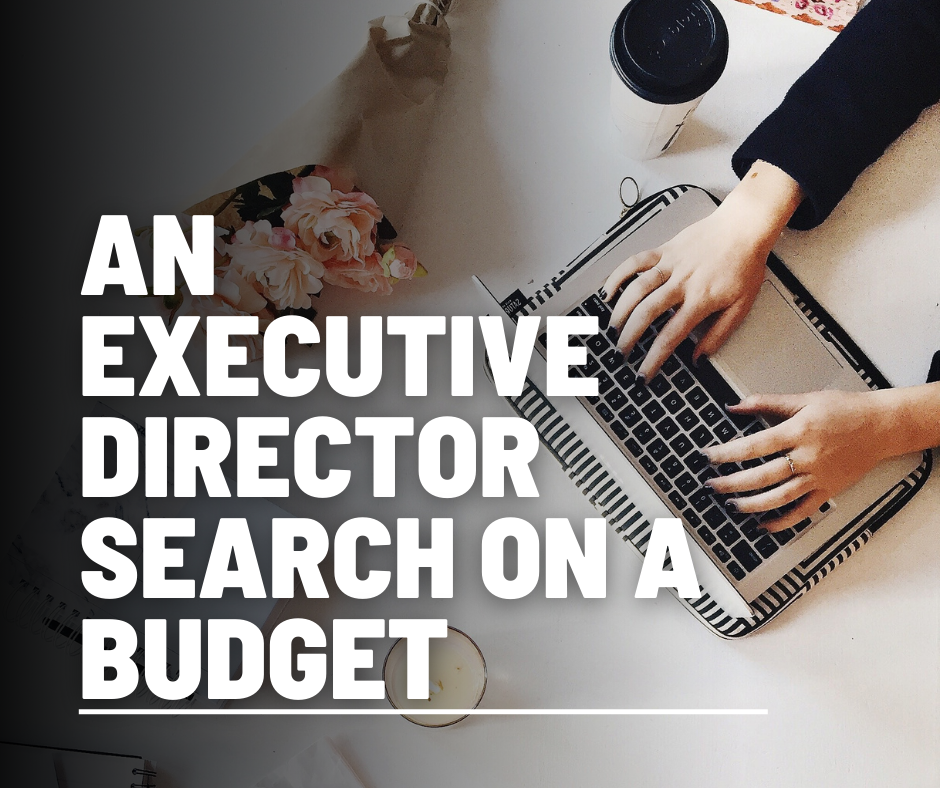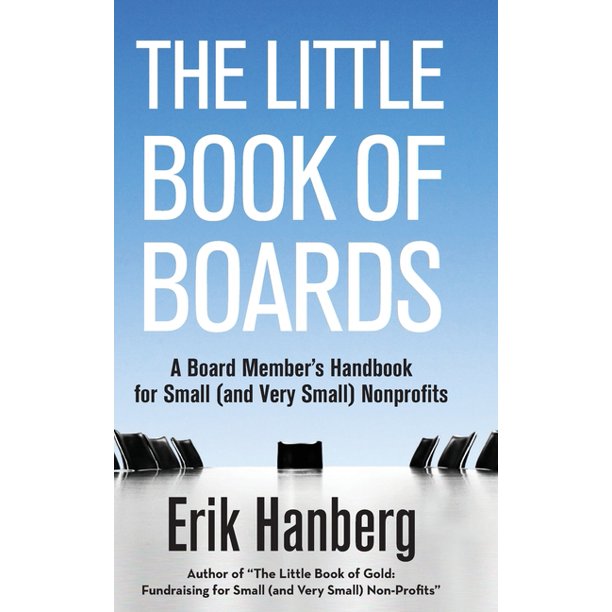I was recently involved in a situation where a nonprofit had to deal with a quickly escalating negative PR issue. I learned a lot about how to manage the issue quickly and effectively.
The situation: a video was posted online that showed a board member conducting herself in a manner both contrary to organization policy and generally accepted behavior. The board member continued to add fuel to the fire in the video’s comments in an attempt to defend herself, and also publicly identified herself as a board member of the organization. The video rapidly went viral with people sharing and commenting on it from around the world. The organization’s leaders were receiving many messages demanding they do something about this board member.





